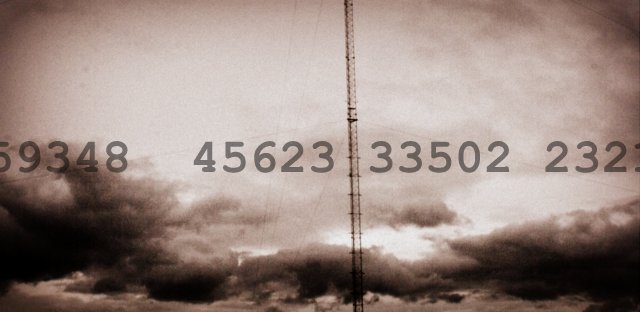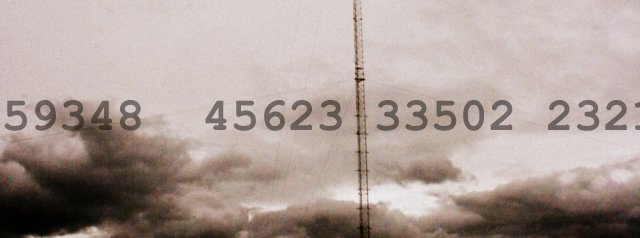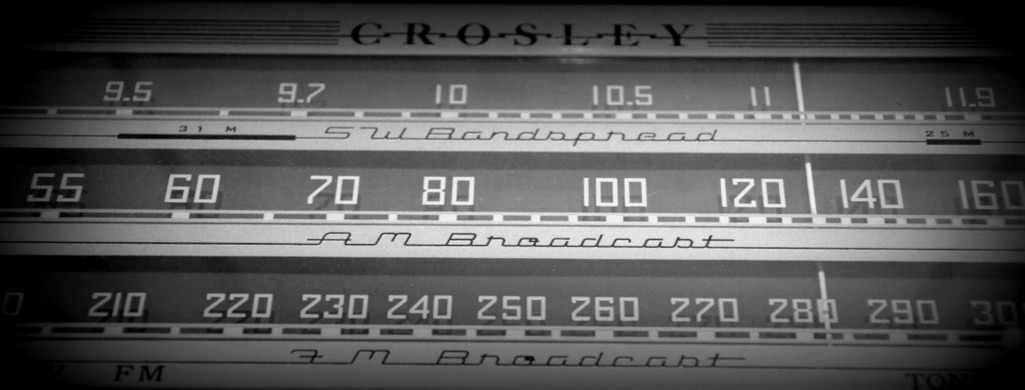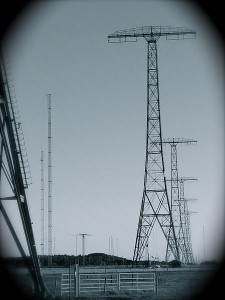I’ve been offline and off-grid this week and have accumulated quite the backlog of email.
One news item that caught the attention of a large number of readers (thanks to all for the tips–!) was North Korean spy numbers. I’m very curious if any readers have logged and recorded this station–if so, please comment and consider sharing your recording!
The news was featured on at least two prominent news sites:
(Source: The Guardian)
North Korea’s radio broadcast of string of mysterious numbers is possible code
Numbers read on state radio may be cold war-era method of sending coded messages to spies in South Korea – or an attempt to wage psychological warfare
North Korea’s state radio has recently broadcast strings of indecipherable numbers, according to officials in Seoul, in a possible resumption of a cold war-era method of sending coded messages to spies operating in South Korea.
A female announcer at the radio station read numbers for two minutes on 24 June and 14 minutes on Friday, according to Seoul’s unification ministry and national intelligence service (NIS). A copy of those comments provided by the ministry included phrases such as “No 35 on Page 459” and “No 55 on Page 913”.[…]
(Source: BBC)
North Korea is criticised by South Korea for ‘spy broadcasts’
South Korean officials have criticised North Korea after it apparently resurrected a Cold War-era method of contacting spies.
In recent weeks, mysterious strings of numbers have twice been broadcast over the radio from the North.
A spokesman for the South’s Unification Ministry said it couldn’t be sure about North Korea’s “hidden intentions”.
But it urged the North to “desist from such outdated practices”.[…]





 Many thanks to SWLing Post reader, Richard Cuff, who shares this link to a numbers station piece
Many thanks to SWLing Post reader, Richard Cuff, who shares this link to a numbers station piece